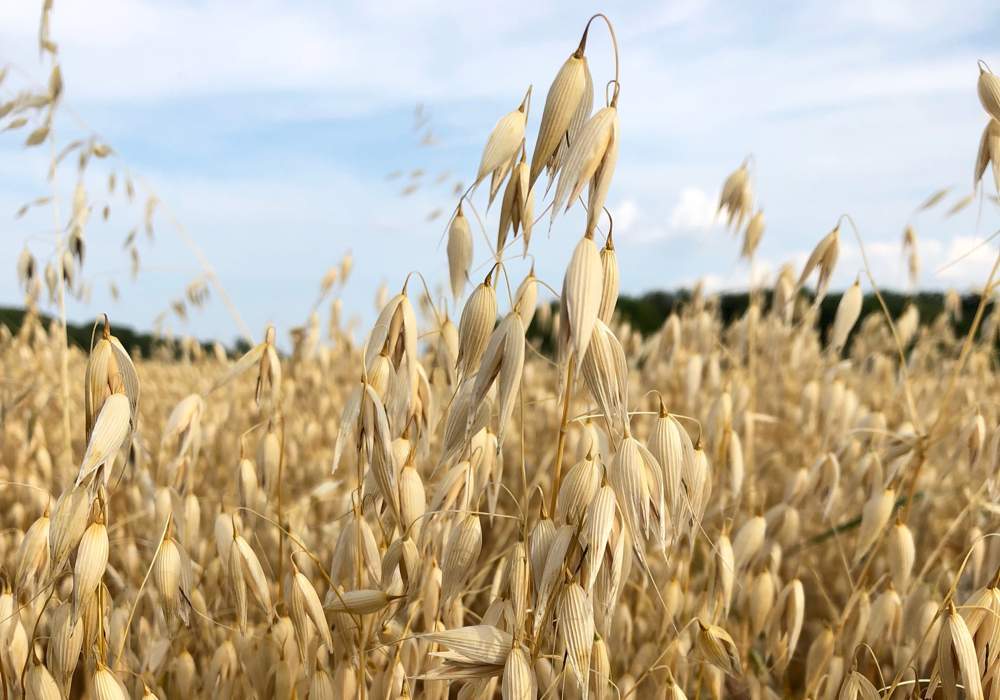CNS Canada — Western Canadian farmers are wrapping up seeding their oats crops, which so far are off to a decent start in many areas.
“I know in Manitoba, in the Red River Valley, the oats are off to an excellent start,” said Art Enns, president of the Prairie Oats Growers Association. “In Saskatchewan it’s looking very decent; it’s about an average start. They were just a little bit later than Manitoba in getting going out there.”
However, “we haven’t got a firm handle on most of the areas in Alberta. It’s a very small area that grows oats.”
Read Also

Feed Grain Weekly: Quiet trade to close the year
Feed grain prices are not expected to change drastically in the coming months, said a Saskatchewan-based trader.
Seeding fell a bit behind in certain parts of the eastern Prairies, as frost in parts of the region caused some farmers to shift their focus to reseeding canola fields.
“Not saying there isn’t, but I haven’t heard of any oats being reseeded because of frost,” Enns said. “I’m sure some areas might have taken some damage, but I think for the most part most people were hoping it was coming back.”
How many acres of oats have been planted in Western Canada this year remain a mystery, as there was likely some shifting of acres following the first intentions report from Statistics Canada in late April.
Statistics Canada pegged 2015-16 oats area at 3.65 million acres in their late April report, up significantly from the 2.8 million seeded in 2014-15.
But actual area will likely be up by only five to 10 per cent compared to last year, which would be around 2.9 or 3.1 million acres, said Jarrod Firlotte, general manager of Emerson Milling.
StatsCan’s estimate “was just such a big number, I just don’t see it,” he added.
Farmers are busy with spring field work, and prices are softer compared to a year ago, so the market is fairly quiet and prices are holding relatively steady.
Enns described prices as “OK” — not bad, but not great either. Prairie Ag Hotwire pegs new-crop prices for oats in Manitoba around C$3 per bushel. Prices for Alberta and Saskatchewan weren’t available.
While softer prices and busy farmers are keeping things quiet for now, once harvest is rolling, activity is expected to ramp up again. Demand should remain steady from the U.S. and Mexico and logistics aren’t likely to be as problematic this year as they were a year ago, Firlotte said.
In the meantime, farmers in Manitoba hope for some sun and drier weather to help move crops along, as there’s plenty of moisture in many areas.
On the flipside, it’s still very dry in Alberta and Saskatchewan, so they’re hoping for some rain, he added.
— Terryn Shiells writes for Commodity News Service Canada, a Winnipeg company specializing in grain and commodity market reporting.















